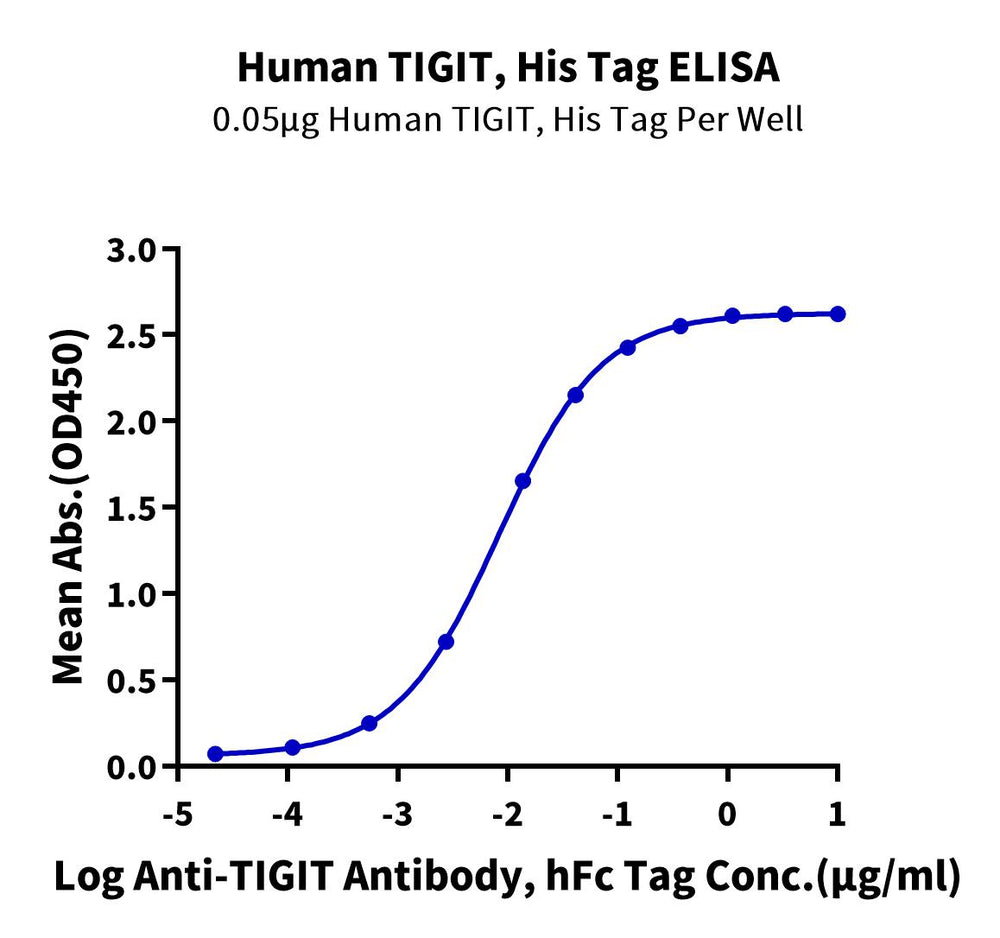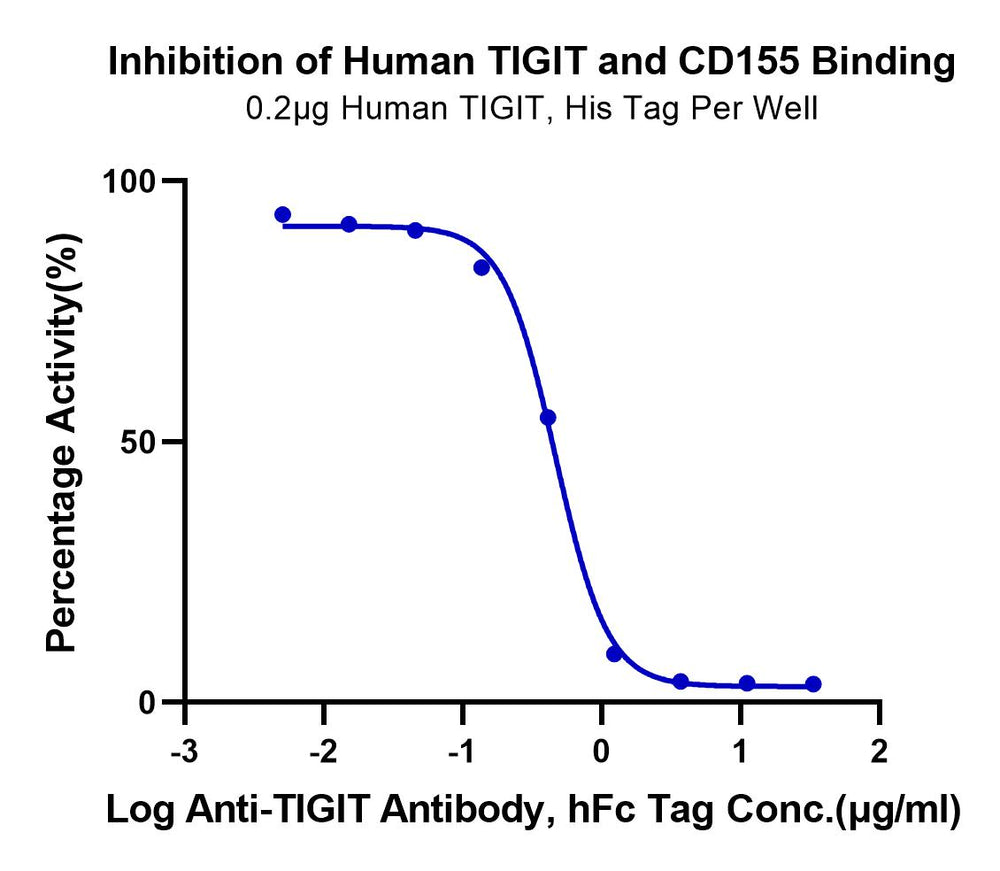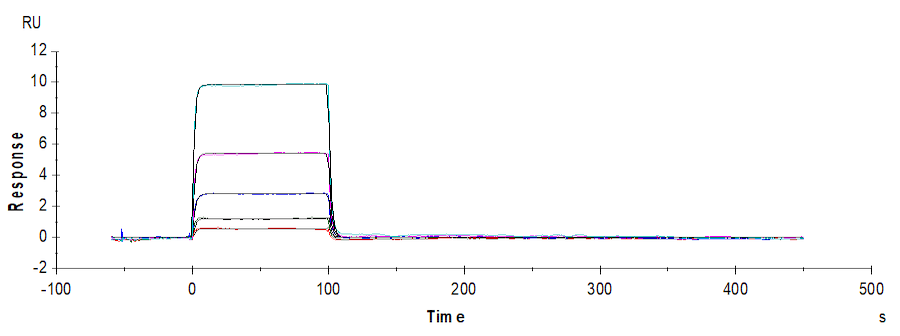Background
Immune checkpoints are a series of molecules expressed on immune cells that regulate the degree of immune activation, preventing excessive activation of the immune system. Dysfunction in the expression or function of immune checkpoints is a significant cause of many diseases. Tumour cells often keep immune checkpoints activated, preventing antigens from being presented to T cells, thereby impairing the normal immune function of T cells and enabling immune evasion. Common immune checkpoints include CTLA-4 (cytotoxic T lymphocyte-associated antigen-4) and PD-1 (programmed death receptor-1), which are receptors on the surface of T lymphocytes.

Comprehensive Catalog of Immune Checkpoint Proteins
PD-1, PD-L1, CTLA-4, TIGIT, CD40 & more
Currently, immune checkpoints remain a hot topic in clinical research, with new targets and drugs emerging continuously. Based on KACTUS’ SAMS™ protein engineering and production platform, they have developed a series of immune checkpoint proteins with various tags, covering targets such as PD-1, PD-L1, CTLA-4, TIM-3, OX40, TIGIT, 4-1BB, and CD40. These proteins have undergone rigorous quality control and are suitable for antibody functional validation, cell function validation, pharmacokinetic analysis, and other disease-related research.
Product Features
Product Applications
- HEK293 Expression
- His, His-Avi, hFc Tags
- Bioactivity verified (ELISA & SPR)
- High Purity
- Human, Mouse, Cynomolgus, Rhesus Macaque, Rat, Canine
- Biotinylated Proteins
- Antibody Discovery
- Antibody Affinity Assays
- Cell-Based Assays
- Drug Discovery
- Pharmacokinetics Analysis
Product Validation Data
Human TIGIT
TIGIT, a newly discovered immune checkpoint protein found on T cells and Natural Killer (NK) cells, plays a crucial role in modulating the immune response. As an inhibitory receptor, TIGIT acts as an “off switch” by competing with the activating receptor CD226 (DNAM-1) for ligand binding. This mechanism mirrors the relationship between CTLA4 and CD28, making TIGIT a promising target for cancer immunotherapy. TIGIT interacts with several ligands, including CD155 (PVR) and CD112 (PVRL2), with varying affinities. Through its inhibitory motif (ITIM), TIGIT suppresses T cell activation and NK cell cytotoxicity, contributing to immune homeostasis. Its ability to protect tumour cells from NK cell destruction makes it a target for enhancing anti-tumour immune responses.



Caltag Medsystems is the distributor of KACTUS products in the UK and Ireland. If you have any questions about these products, please contact us.
